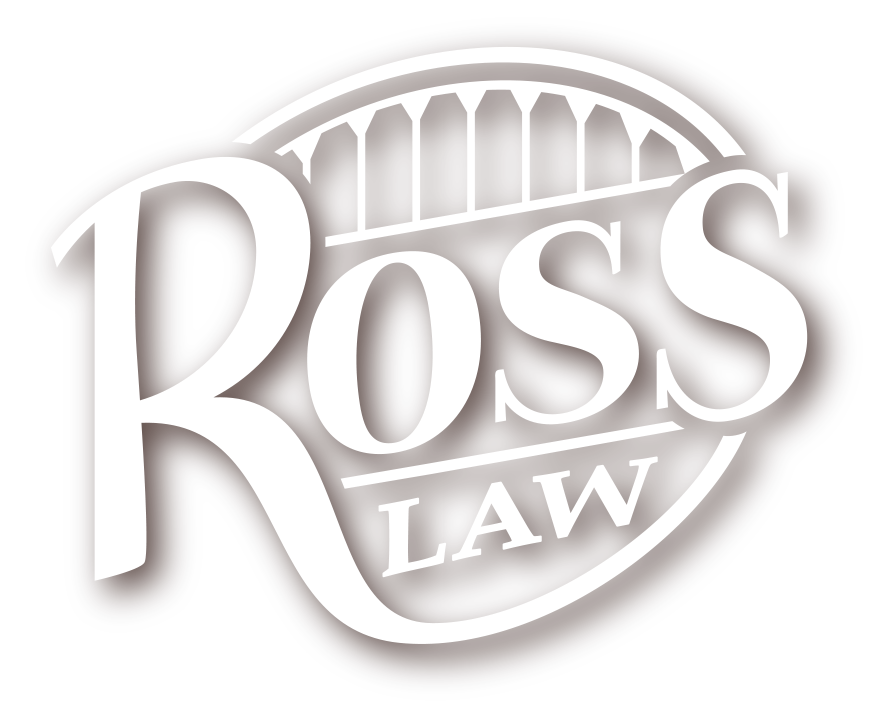In recent litigation with a local city regarding a collision involving my client and a patrol car, I encountered an interesting issue involving the “Crash Review Board” report. These reports can contain valuable evidence regarding who was at fault and they contain valuable witness statements.
Many Oregon police departments have Crash Review Boards that are made up of various members from the Police Department, Risk Management, and City Management. The City of Portland has a Crash review board that evaluates each officer involved car crash to determine if the crash was preventable or non-preventable. If the crash was determined preventable then board will make a recommendation to the various management entities that decide if the officer should be disciplined. A non-preventable collision does not require further action. The board members may draft an After Action Review document noting what they believe the cause of the collision was and they then justify their decision with the evidence before them.
In rendering their decision board members are usually provided police reports and accident reports and a report from a higher ranking investigating police office with the officer’s recommendation regarding whether or not the collision was preventable. The County or City that is tasked with defending a lawsuit involving a police car may assert a privilege or redact many of these documents in the discovery process. However, these documents should be disclosed.
In Oregon, every person has a right to inspect any public record of a public body , except as otherwise expressly provided by ORS 192.501 to 192.505. (ORS 192.410 (1)) The government must prove the public interest in nondisclosure “clearly” outweighs the interest in disclosure. City of Portland v. Oregonian Pub. Co , 200 Or. App. 120 (2005).
In City of Portland, v. Oregon Pub. Co. 200 Or App 120 (2005), the City refused to provide documents related to an internal investigation related to an officer involved shooting. Specifically, the Oregon Publishing Company requested, “documents that fill the gap between the criminal investigation and the disciplinary letter to McCollister.” (Id.) The City relied on ORS 192.502 (1) and a letter from the chief stating:
“I strongly believe that in order to encourage greater candor and critical self-evaluation, Bureau members need to feel comfortable that honest, candid assessments will be used solely to improve the performance of a particular employee (through disciplinary action should that be necessary) or to assist in improving the performance of the Bureau as a whole. In my opinion, public disclosure of records of the type at issue in this case would have a chilling effect on the free flow of frank, uninhibited advice and self-critical observations within the Bureau.”
Id. at 121
The Court held an in camera review and noted: The City possessed an “after action memorandum” a “confidential memorandum” and logs relating to a review committing and their votes regarding if the officer breached protocol and what if any sanction should be imposed.” The Court held “none of these documents contains material the disclosure of which would have a seriously chilling effect on future investigations, particularly in light of the fact that the description of events, the findings, and the discipline imposed were already disclosed***” Id. at 123.) The court went on to note, no whistleblower was identified, no personal criticism is leveled. Also, “Supervisory personnel render judgments, but they are clinical and detached. To conclude that public disclosure of such judgments, made pursuant to supervisory duties, would discourage future candor is an insult to the supervisors themselves.” Id.
The Court ordered all of the documents to be disclosed and noted that the public needs to have complete confidence in an unbiased and thorough inquiry and “That confidence comes from transparency and its value is not outweighed by the speculation that transparency will quell candor at some future date. This is not a close case.” Id.
The government may argue that this report is inadmissible because it is a subsequent remedial measure. However, Oregon Courts have ruled otherwise. In Ensign v. Marion County, 140 Or App 114, 118-120 (1996), the court found a crash review board’s determination that a deputy Sheriff caused a collision was admissible against the County. Specifically, the board’s finding was not a “subsequent remedial measure” because “one cannot investigate an accident before it occurs.” Id.Therefore it is admissible.
If you were struck by a police car or are an attorney representing an injured Oregonian feel free to contact Portland injury attorney Jeremiah Ross at Ross Law LLC. Please call 503.224.1658 for yourfree personal injury consultation. Please remember this post is for information only and is not meant to be relied on as legal advice. The law is constantly changing so consult with the applicable statutes, cases, and if necessary an Oregon Attorney before relying on the information in this post. This post does not create an Attorney Client Privilege.
